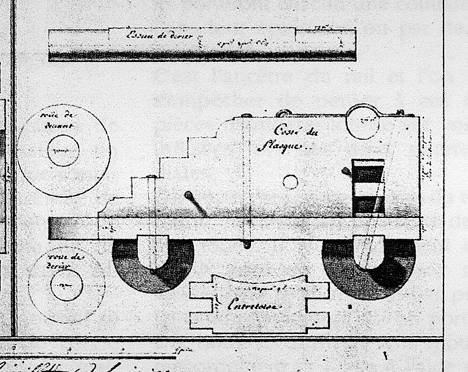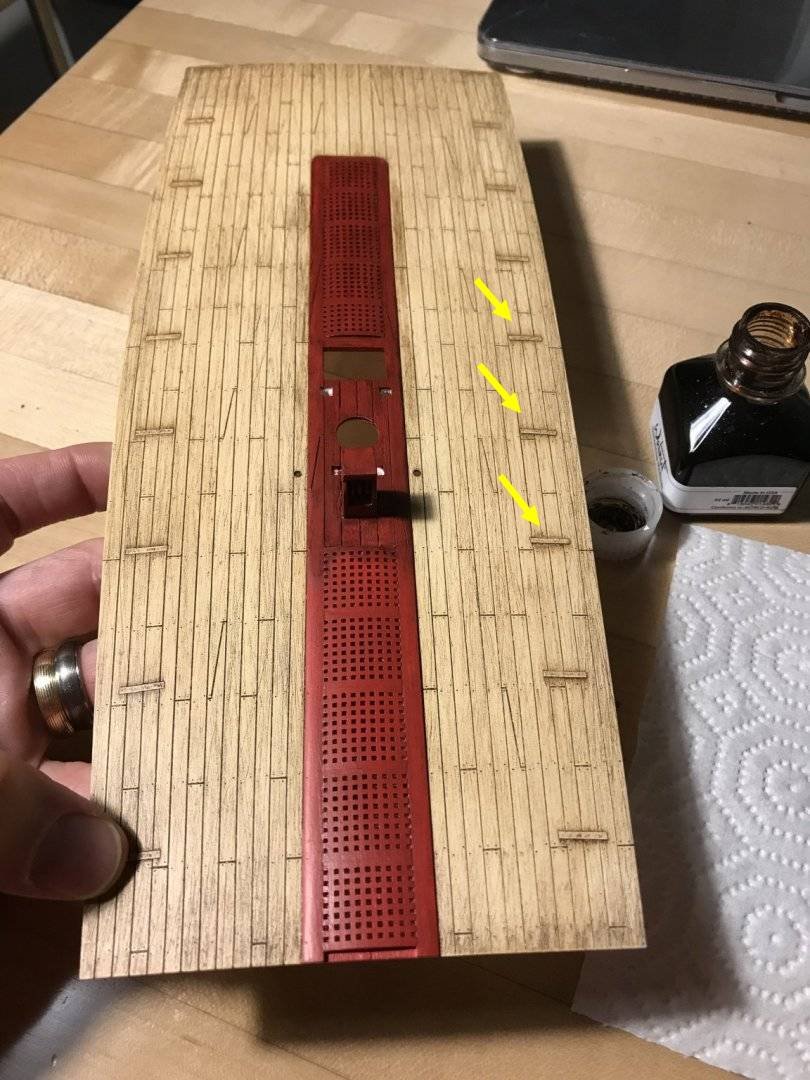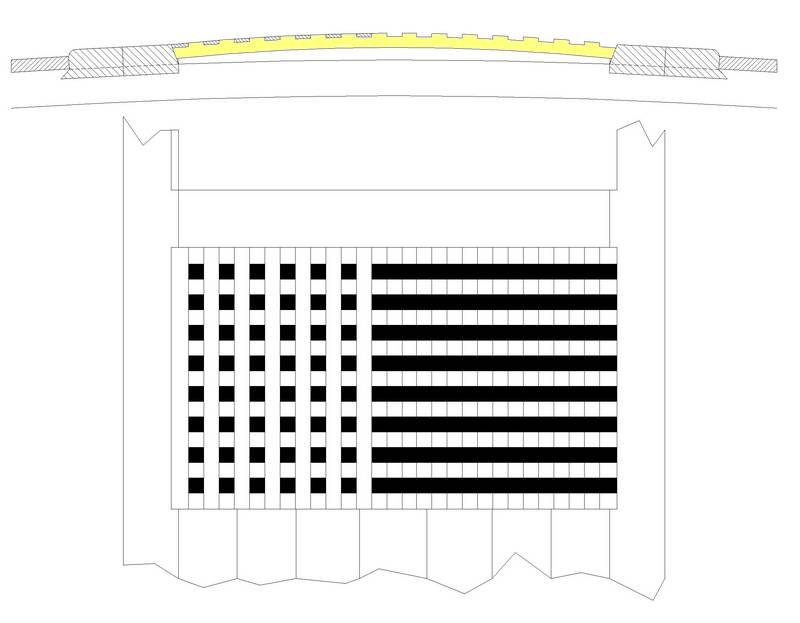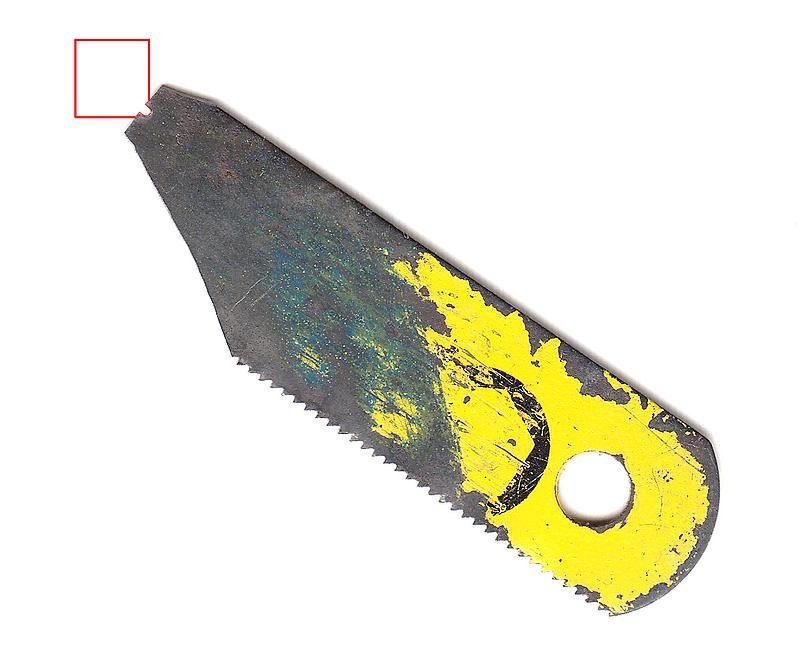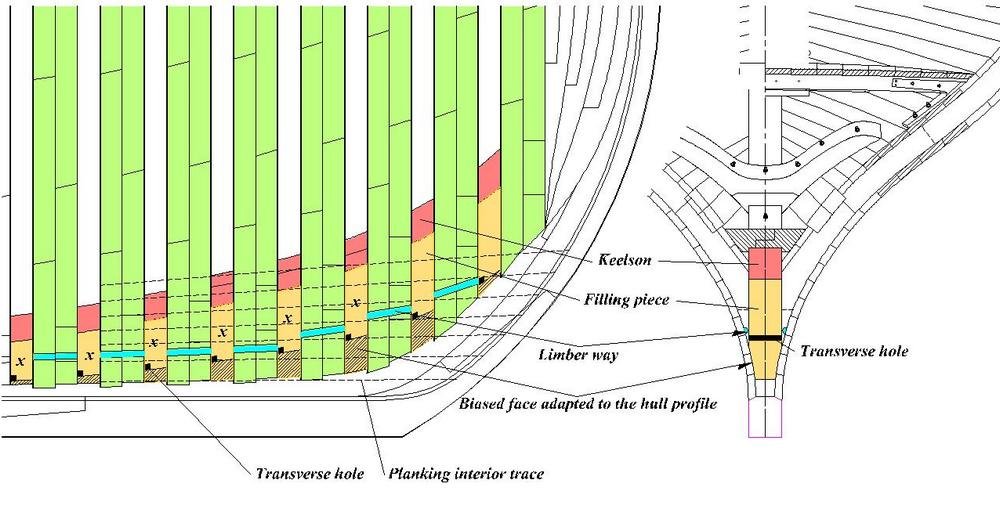-
Posts
187 -
Joined
-
Last visited
Content Type
Profiles
Forums
Gallery
Events
Everything posted by G. Delacroix
-
Hello, These "fleurs-de-lis" were painted directly on the hull, itself painted. GD
- 112 replies
-
- corel
- reale de france
-
(and 1 more)
Tagged with:
-
Okay, thank you. That's a solution indeed. Concerning your gun carriages, the trunnion housing is not included in an overthickness, it is worked directly on the top of the cheek. Have you checked the height of the gun in relation to its position in the port?
- 2,696 replies
-
- heller
- soleil royal
-
(and 9 more)
Tagged with:
-
- 2,696 replies
-
- heller
- soleil royal
-
(and 9 more)
Tagged with:
-

ancre Coureur by cafmodel - 1/48
G. Delacroix replied to cafmodel's topic in - Build logs for subjects built 1751 - 1800
Hello, If I may make a small comment, it is impossible for a small ship like "Le Coureur " to have a flag with fleurs-de-lis. This type of flag is reserved for big ships that receive members of the royal family. Even in the presence of the king when he is alone on board (which never happens but it is expected), the white flag must be used whatever the ship. The same goes for the flame of war, which is simply white. There is really no chance that "Le Coureur " have a flower flag. GD -

ancre Coureur by cafmodel - 1/48
G. Delacroix replied to cafmodel's topic in - Build logs for subjects built 1751 - 1800
Hello, It is a pity to distort the personality of a ship just to satisfy customers. It's as if, for the pleasure of a few, we represented Michael Jackson blond, with blue eyes and singing tango. His personality would be altered. But I understand that trade allows for such arrangements even if it distorts the truth... Isn't it our and your mission to educate model makers by offering them absolutely historical solutions? GD -

ancre Coureur by cafmodel - 1/48
G. Delacroix replied to cafmodel's topic in - Build logs for subjects built 1751 - 1800
Hello, I have a small question: Is the model of Le Coureur represented according to the French or the English configuration? On the other hand, you show us guns intended to arm Le Requin, it is inappropriate because, in no case, the xebecs were equipped with bronze guns such as you present them. GD -
Hello, It is certain that certain new plans of Ancre present anomalies which it is difficult for me to justify. What I would like to say is that the monographs of which I am the author, and which are now sold by Ancre, come from my stock and that they have been tested by many model makers. You have no need to worry about their reliability. GD
-
Hello, In front of the multitude of small problems which prevent me from working serenely, I transferred all my publications to ANCRE which will henceforth assure the diffusion. These are the following monographs: Le Commerce de Marseille, La Fleur de Lis, L'Amarante, La Machine à curer les ports, Le Rochefort and finally L'Égyptienne. ANCRE will therefore take care of the distribution of the books and, good news, will take care of translations for those that dont exist. Time to put everything in place and the monographs will soon appear on the ANCRE website. Stopping publication does not mean stopping monographs. I hope that new subjects will see the light of day. Best regards, Gérard Delacroix
-
Hello, I do not know the value of the English pound at the end of the eighteenth century but if, considering that it has not changed (453 g) since, I apply it to 64 pounds, I get 27873 g. The French pound weighed 489 g, which applied to 57 pounds gives us 28992 g. There is therefore a significant difference of 1119 g which makes me think that they may not be English caronades but perhaps Dutch or ...
-
Of course the two methods existed and even others but for L'Hermione, a frigate, at that time and rigged at Rochefort, it is better to rig the stays in the way that I indicated. GD
-
Hello, Thank you all. For now, only in French because we make corrections until the last day. An English, Spanish and Italian translation is in progress but it's a very long job. Anyway, the booklet text translation without illustrations, when it will be available, is always sent in pdf file to the buyers of the French monograph whose acquisition is imperative to obtain the translation. GD
-
Hello, I am pleased to announce you the beginning of the subscription for a new monograph. It's a book about the rare 24-prd French frigates of the eighteenth century. The ship chosen is "L'Egyptienne" built in Toulon in 1799 by François Caro. The national collections retain two models of this frigate that have been of great help in the development of this monograph. As usual, all the framing, fittings and equipment are represented as well as the masts, sails and details of the rigging. The booklet has 216 pages with many drawings in 3D and about sixty photos of the museum models. The plans folder contains 39 particularly detailed 1/48 plates. The page of this monograph is here: https://ancre.fr/fr/monographies/102-legyptienne-fregate-de-24-1799-9782952740654.html Best regards Gérard Delacroix
-
Hello Tony Here is the scraper that I used on the model. The notch is made with a 0.8 mm thick cutting disc. The drawing shows how to use it.
- 124 replies
-
- longboat
- Chaloupe Armee En Guerre
-
(and 1 more)
Tagged with:
-

ancre Chebece 1750 by Jeronimo - FINISHED
G. Delacroix replied to Jeronimo's topic in - Build logs for subjects built 1501 - 1750
Hello, You posted the question on my forum, the answer was brought: http://5500.forumactif.org/t3199-chebec-le-requin GD -

Scale of Gratings
G. Delacroix replied to Ferit's topic in Building, Framing, Planking and plating a ships hull and deck
Hello, If it can help you, in France in the 1720s, gratings have spacing of 2 inches French to 2 inches 1/2. (54 à 68 mm) The ledge, placed across the ship has the same dimensions in square. The cross batten, placed along the ship, has the same width, but is 1/2 inch thick. (13,5 mm) The gratings have the same curvature as the deck or sometimes an extra 1 1/2 inch. (40 mm) I think English dimensions should be close. GD- 8 replies
-
- measurement
- scale
-
(and 1 more)
Tagged with:
-
-> GB: Despite your very unpleasant comments about my drawings, I post this sketch for the understanding of this forum members. It can be seen that the transverse hole must be raised in the filling pieces in order to remain efficient. This also implies that the limber way must be able to collect the water, it must also be raised but especially staying under a strake. Gérard Delacroix
-
Hello, The tracing of the limber way is not the result of hazard or an approximation, it must be placed according to very precise rules. (I hope that the translation of my text will be correct and understandable.) First of all, it must always be placed in the middle of a strake to avoid disturbing the caulking of the shell, the oakum (tow ?) of which would inevitably block the channel when it’s in place. When it encounters the strake end, what happens at one time or another, an iron plate is placed under the joint. The limber way must collect, under normal conditions, any infiltration water but especially the condensation water that forms in the hull (in the case of large waterways it no longer serves anything). To collect these "small waters", it’s imperative to be worked in a place where these waters can arrived, that’s means where the fills between the keel and the keelson leave a space forming receptacle. To cut the limber way in the deadwood as seen in a picture above is useless, technically and historically inexact. In the central part of the vessel, the channel is located beneath the second strake curtain of which it follows the course. As it moves towards the ends, there is a place where the shapes of the hull begin to intercept the foot of the fills placed between the keel and the keelson causing the hole drilled at the foot of these fills to be raised. These holes passing through the foot of the fills must do their job, if covered by the planking, they are useless. The channel must be raised accordingly in order to collect the water present there without intercepting a strake caulking. It is then shifted from a strake of planking in height or two a few times. GD
About us
Modelshipworld - Advancing Ship Modeling through Research
SSL Secured
Your security is important for us so this Website is SSL-Secured
NRG Mailing Address
Nautical Research Guild
237 South Lincoln Street
Westmont IL, 60559-1917
Model Ship World ® and the MSW logo are Registered Trademarks, and belong to the Nautical Research Guild (United States Patent and Trademark Office: No. 6,929,264 & No. 6,929,274, registered Dec. 20, 2022)
Helpful Links
About the NRG
If you enjoy building ship models that are historically accurate as well as beautiful, then The Nautical Research Guild (NRG) is just right for you.
The Guild is a non-profit educational organization whose mission is to “Advance Ship Modeling Through Research”. We provide support to our members in their efforts to raise the quality of their model ships.
The Nautical Research Guild has published our world-renowned quarterly magazine, The Nautical Research Journal, since 1955. The pages of the Journal are full of articles by accomplished ship modelers who show you how they create those exquisite details on their models, and by maritime historians who show you the correct details to build. The Journal is available in both print and digital editions. Go to the NRG web site (www.thenrg.org) to download a complimentary digital copy of the Journal. The NRG also publishes plan sets, books and compilations of back issues of the Journal and the former Ships in Scale and Model Ship Builder magazines.



